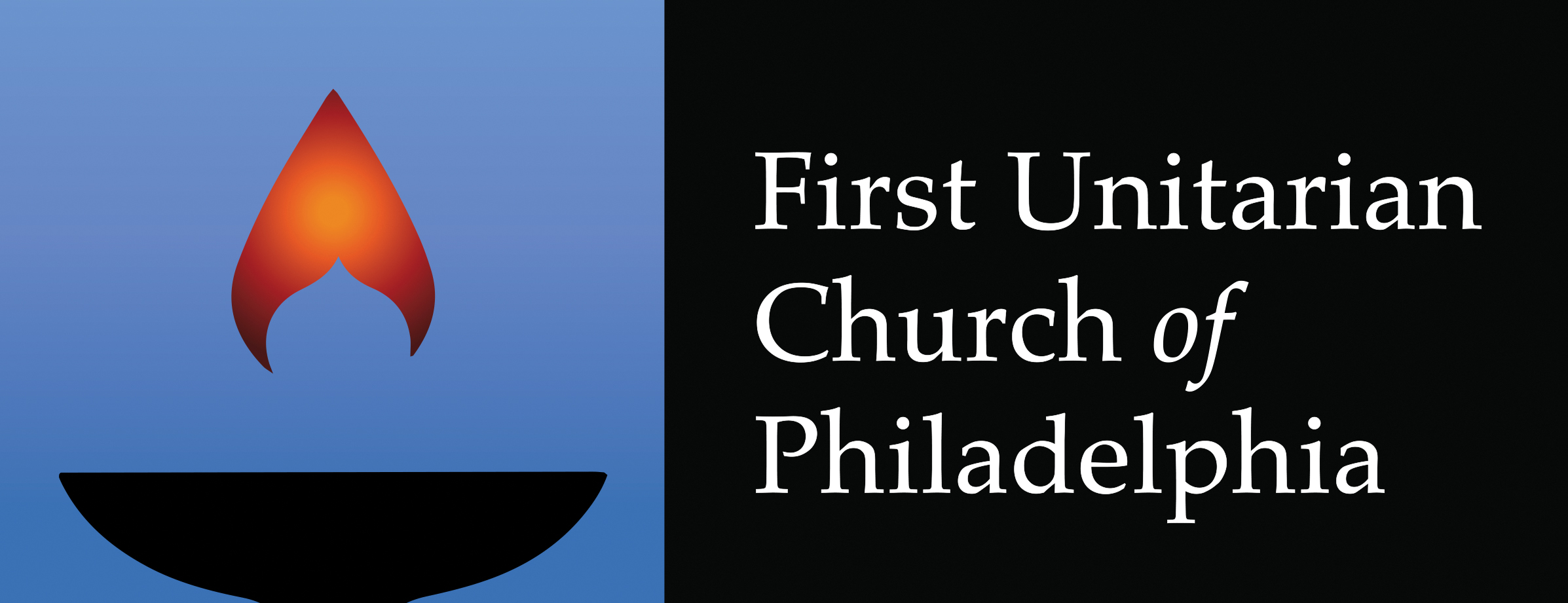Inspired by the sermons of Joseph Priestly, the famous scientist and humanist, a group of laymen formed the congregation of the First Unitarian Church of Philadelphia in 1796. Now in its third edifice, the church has a distinguished architectural past with buildings by Robert Mills and William Strickland. The present church and Parish House were designed by the great architect, Frank Furness, in 1883, who was the son of the church’s long-time minister, the Reverend Dr. William Henry Furness. Serving the church from 1825 until his death in 1898, the senior Furness was a scholar and activist who set the church on its continuing path of social concern with his courageous anti-slave sermons and Underground Railroad activities starting in the 1830’s. His son, Frank, designed the current church building in response to the call from his father’s close friend, Ralph Waldo Emerson, for a distinctly American architecture.
The congregation that built Furness’ design at 2125 Chestnut Street in the 1880s was large, prosperous and prominent. Seating 700, the sanctuary was decorated with fine furniture, memorial plaques, and stained glass, including the first Tiffany window installed in the city and works by La Farge and Henry Holiday. Even as the congregation shrank dramatically in the middle of the 20th century, as the city lost tens of thousands of residents and dozens of churches, First Church members elected to remain anchored in our Center City location.
Rather than selling our Parish House, as was seriously considered in the 1970s, we opened our doors to our neighbors and became a center for neighborhood services and regional cultural and political events.
The original Frank Furness design included a porte cochere for unloading carriages

